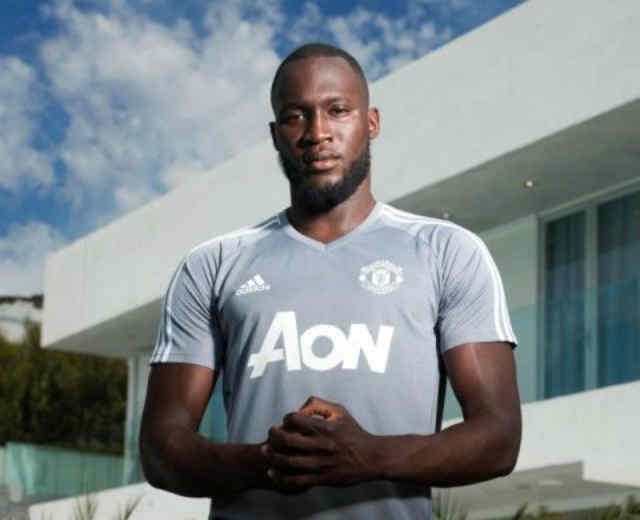 It wasn’t just another fixture, despite its date. It was a final and Zinedine Zidane’s starting XI showed that the French manager was keen on winning it. Ten of the 11 players who started in the Champions League final in Cardiff made the lineup, the only difference being Cristiano Ronaldo waiting on the bench, and Gareth Bale taking the Portuguese’s place.
It wasn’t just another fixture, despite its date. It was a final and Zinedine Zidane’s starting XI showed that the French manager was keen on winning it. Ten of the 11 players who started in the Champions League final in Cardiff made the lineup, the only difference being Cristiano Ronaldo waiting on the bench, and Gareth Bale taking the Portuguese’s place.
Even though it’s obviously not yet time to speak about the end of the “BBC” (Bale, Karim Benzema and Ronaldo) as a unit, injuries and form issues impacting the trio have led Zidane to try other formations in recent top-level matches, and the results are telling. With the help of Isco and Marco Asensio, Real Madrid dominate possession with ease, apply high pressure more effectively and direct the ball to the spots where the squad can hurt opponents the most in a faster way.
During the victory over Manchester United, Zidane’s midfield shone the same way it has since Isco entered the starting lineup. With freedom of movement, the little Spaniard gives an extra pass that is especially useful for Casemiro, and picks areas of the pitch where one additional man with his passing skills can unlock a well-positioned defence. Luka Modric and Toni Kroos, both still getting their shape back, enjoyed their fine moments as well. But the match belonged to Isco and Casemiro, the Brazilian particularly impressive in both offense and defence, and displaying such an evolution in his game since he came back to Madrid that it makes many wonder what the ceiling is for this 25-year-old.
With such a strong midfield combination and Asensio, Mateo Kovacic and others waiting for their chance on the bench, it’s tough to imagine Zidane regularly fielding the full BBC. This season’s rotations will very likely see one of those three coming off the bench more often than in previous years.
Despite the win and dominating display in the first half, not all that happened in Skopje was good news for Real Madrid. The most concerning part was the last 30 minutes, when Jose Mourinho’s change of approach put Zidane’s team against the wall. With players the size of Marouane Fellaini and Marcus Rashford joining Romelu Lukaku on the pitch, Real Madrid’s back four suffered when dealing with high, long balls, especially on the flanks, where Dani Carvajal and Marcelo struggled the most.
It was a very simple approach, but an extremely effective one, and it’s very likely that we’ll see other teams try to fight Real Madrid’s ball possession game with a more direct brand of football, for which a handful of Zidane’s players such as Modric and Isco are not equipped to compete against.
Fellaini’s physicality was an issue for Real Madrid’s back four from the moment he stepped on the pitch, as any high cross directed to him on the sides immediately generated an advantage for Manchester United. On top of that, Rashford exploited well the space in front of Carvajal as Real Madrid’s midfield tired, so Zidane had to adjust to that by introducing Lucas Vazquez to help the full-back on the right.
The early stage of the season had something to do with the struggles of the final minutes, but the fact is that Mourinho may have run into something that other teams with similar players can copy in the next few months. On top of an entertaining midfield and several offensive weapons to threaten the opposition, Zidane will need to add some more steel at the back for specific matches. The more physical Theo Hernandez and Nacho may end up becoming vital for the team at key junctures of the upcoming season.
Support InfoStride News' Credible Journalism: Only credible journalism can guarantee a fair, accountable and transparent society, including democracy and government. It involves a lot of efforts and money. We need your support. Click here to Donate
